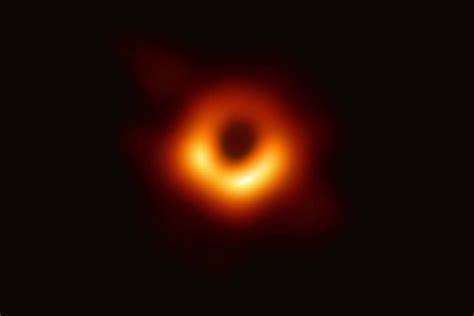Black holes: The aura, mystique, and incomprehensible density
Black holes, among the most enigmatic objects in the universe, are defined by their incredible density and gravitational pull. At the heart of a black hole lies a singularity, a point where matter is crushed to infinite density and gravitational forces become unfathomably strong. This intense gravitational field warps spacetime to such an extent that not even light can escape from within a region known as the event horizon. The extent of a black hole's gravitational influence is staggering—surpassing even that of stars many times its mass.

To grasp the mind-boggling density of black holes, consider this: if the moon, with its current mass, were magically replaced by an equal-mass black hole, the resulting black hole would be minuscule in size, comparable to a grain of sand. Despite containing the same amount of mass as the moon, the black hole's immense density causes it to collapse into an incredibly tiny volume, where its gravitational pull at the event horizon remains as strong as ever. This illustrates the sheer compactness and gravitational potency that characterize these cosmic entities.
The study of black holes continues to captivate scientists and astronomers alike, offering insights into the fundamental laws of physics under extreme conditions. Their gravitational effects not only influence nearby matter and light but also play a pivotal role in shaping galaxies and their evolution. From supermassive black holes lurking at the centers of galaxies to stellar-mass black holes formed from the remnants of massive stars, these celestial marvels challenge our understanding of the universe and its most extreme phenomena. As research progresses, black holes promise to reveal more about the nature of spacetime, gravity, and the boundaries of what is physically possible in the cosmos.